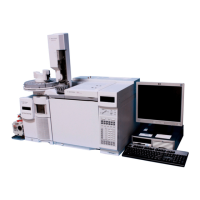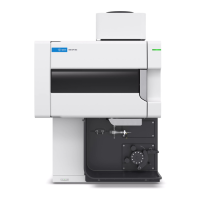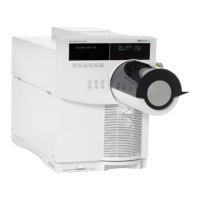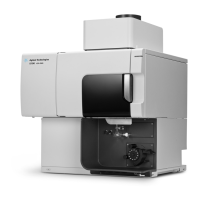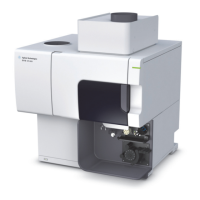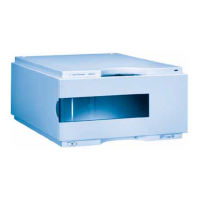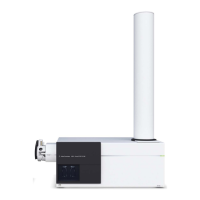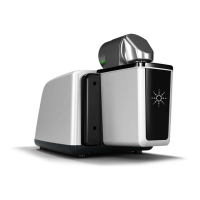2 Agilent 5517B/BL/C/D/DL/FL User’s Guide
1 General Information
Introduction
This manual contains information required to install, operate, test, adjust,
and service the Agilent 5517B/BL/C/D/DL/FL Laser Head. The information
in this manual is specific to the Agilent 5517B/BL/C/D/DL/FL Laser Head,
unless otherwise stated. This manual does not contain information on how
to set up a laser interferometer position measurement system. The Agilent
Laser and Optics User’s Manual, part number 05517- 90086 and CD part
number 05517- 13602, will assist you in setting up, aligning and using the
laser system to make interferometer measurements.
Additional manuals are available for the other components that make up a
complete system. To find out more, visit the Agilent web site pertaining to
laser interferometer position measurement systems at
www.agilent.com/find/lasers.
The Agilent part number of this manual is listed on the “Notice” page
(inside front cover) and back cover.
Description of the Agilent 5517B/BL/C/D/DL/FL
Laser Head
The Agilent 5517B/BL/C/D/DL/FL Laser Head consists of a thermally-
tuned laser tube, control circuits, a reference receiver, and a high- voltage
power supply. The laser head requires external ±15 Volt supplies. Status
lights, mounted on the rear panel of the laser head, provide information
on power supply inputs and fuses and also on laser and reference
frequency outputs. The laser head produces a frequency stabilized laser
beam and a balanced reference output as the source of interferometer
position measurements.
The wavelength of light from the laser head is used as the length standard
for Agilent laser measurement systems. The laser head generates a
coherent (all light waves in phase), collimated (all waves traveling parallel
to one another), light beam consisting of two orthogonally polarized
frequency components. To differentiate between the frequencies, the lower
frequency is identified as f
1
and the higher as f
2
. Frequency f
1
is oriented
parallel to the laser base, while f
2
is perpendicular to the base.
The difference between these two frequencies is the reference frequency
listed in Table 1. An optical receiver inside the laser head detects the
frequency difference and makes it available on the rear panel connector as
a balanced electrical output called the
REFerence Frequency. The reference
output is one signal used by the external electronics to measure the
distance traveled.
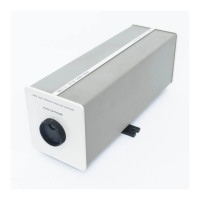
